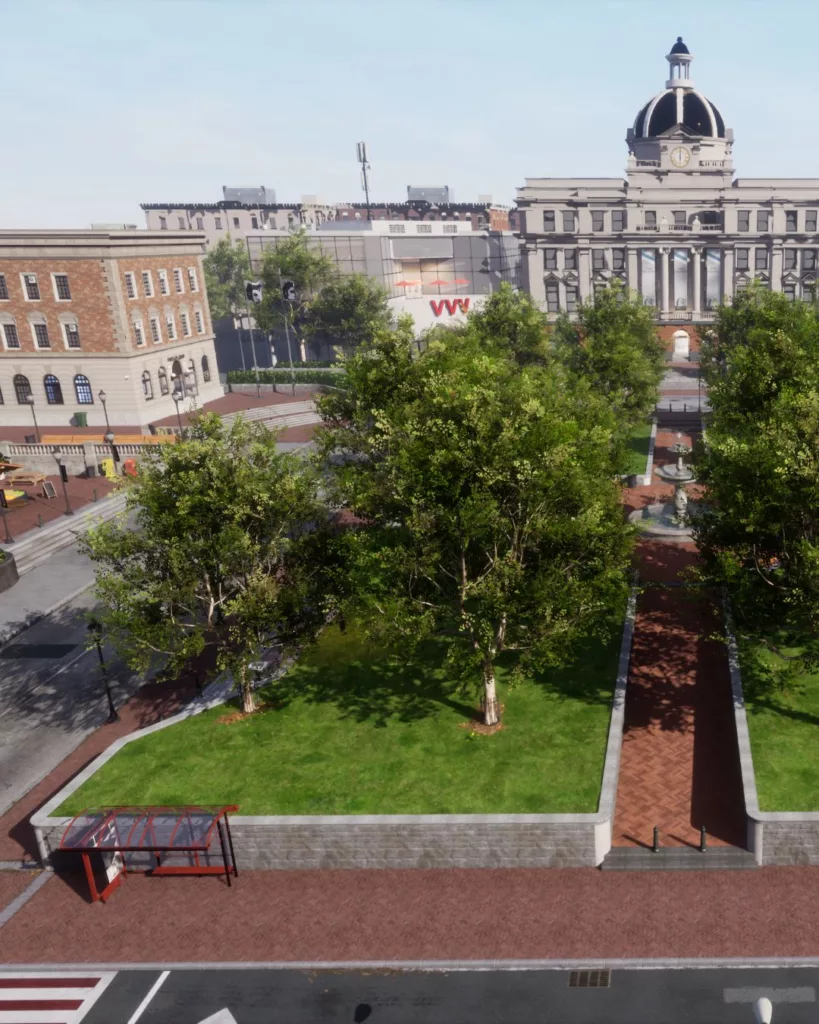
🌐 The #Metaverse vs. #SpatialComputing: What’s in a Name? 🤔
The digital landscape is evolving at a rapid pace, and with it, the terminology we use to describe it. Two terms that have been making waves recently are “Metaverse” and “Spatial Computing”. But are they really that different? Or is it just a matter of branding? 🌊
The Metaverse is a collective virtual shared space, created by the convergence of virtually enhanced physical reality and interactive digital spaces. It’s a term that’s been around since the early ’90s, thanks to science fiction. Fast-forward to today, and it’s no longer just a concept from a novel. It’s a reality that many companies are racing to be a part of. 🚀
On the other hand, Spatial Computing refers to the intersection of the digital and physical worlds, where computers can perceive and interact with their surroundings. It’s a broader term that encompasses technologies like AR, VR, and IoT. 🌍
So, why the sudden shift in terminology? Some argue that “Spatial Computing” is a term used by companies that are hesitant to fully embrace the Metaverse concept. It’s seen as a safer, more technical term. But here’s the thing: while the terms may differ, the underlying principle remains the same. Both are about creating immersive, interactive digital experiences that bridge the gap between the virtual and the real. 🌉
So, whether you’re team “Metaverse” or team “Spatial Computing”, the future is clear: immersive digital experiences are here to stay. And as educators and professionals in the education industry, it’s crucial to understand and leverage these technologies to enhance learning experiences. 🎓